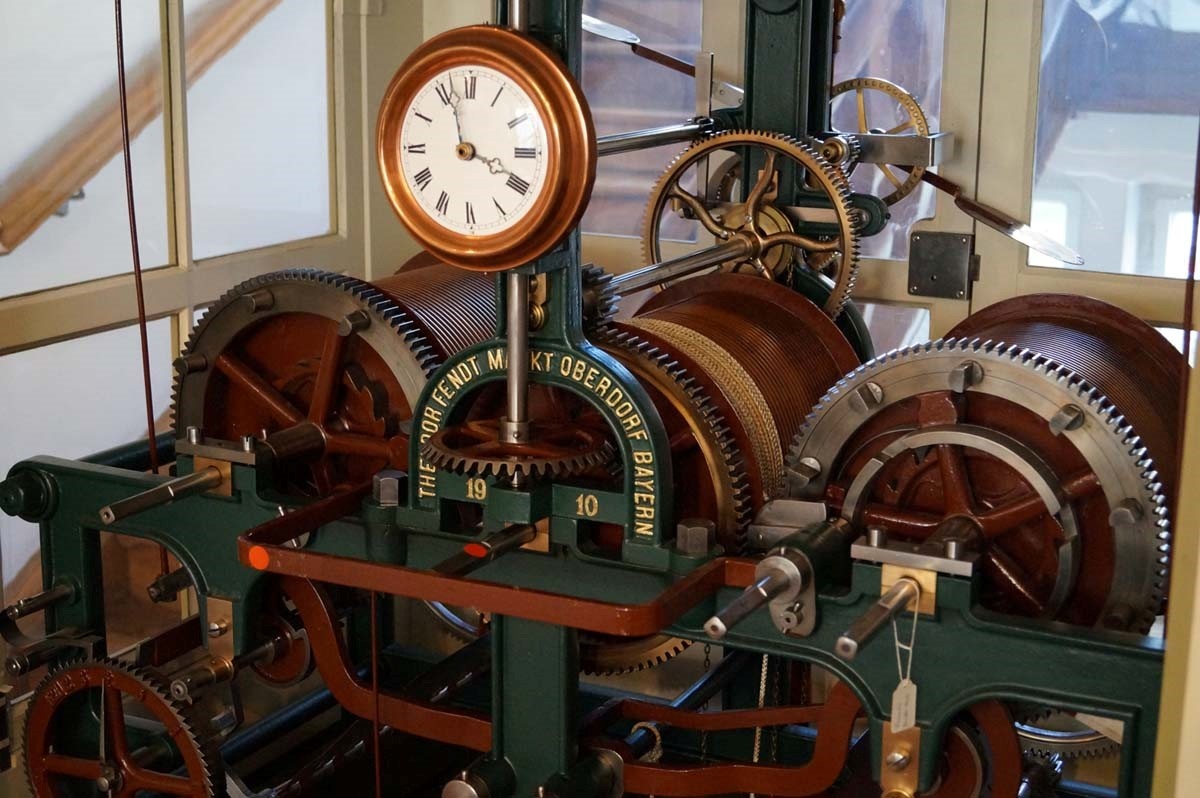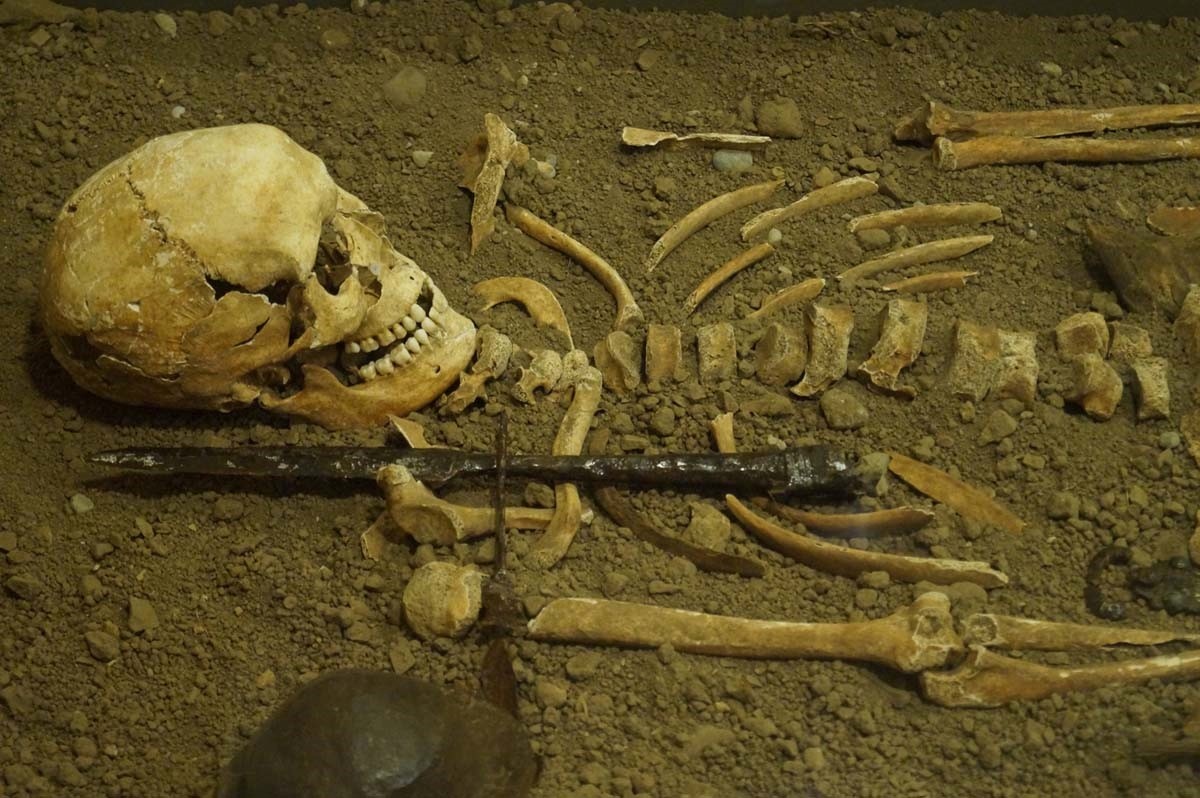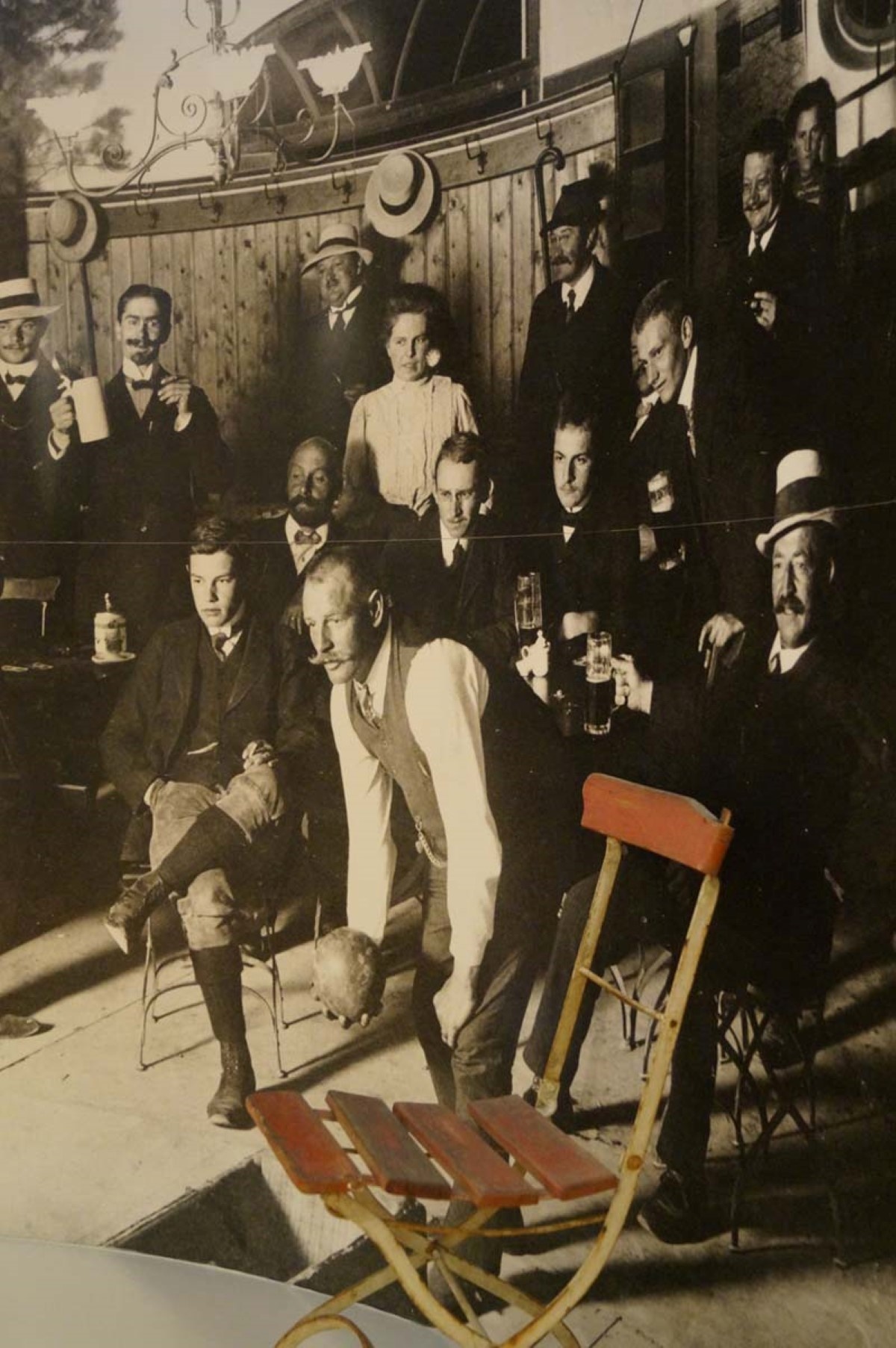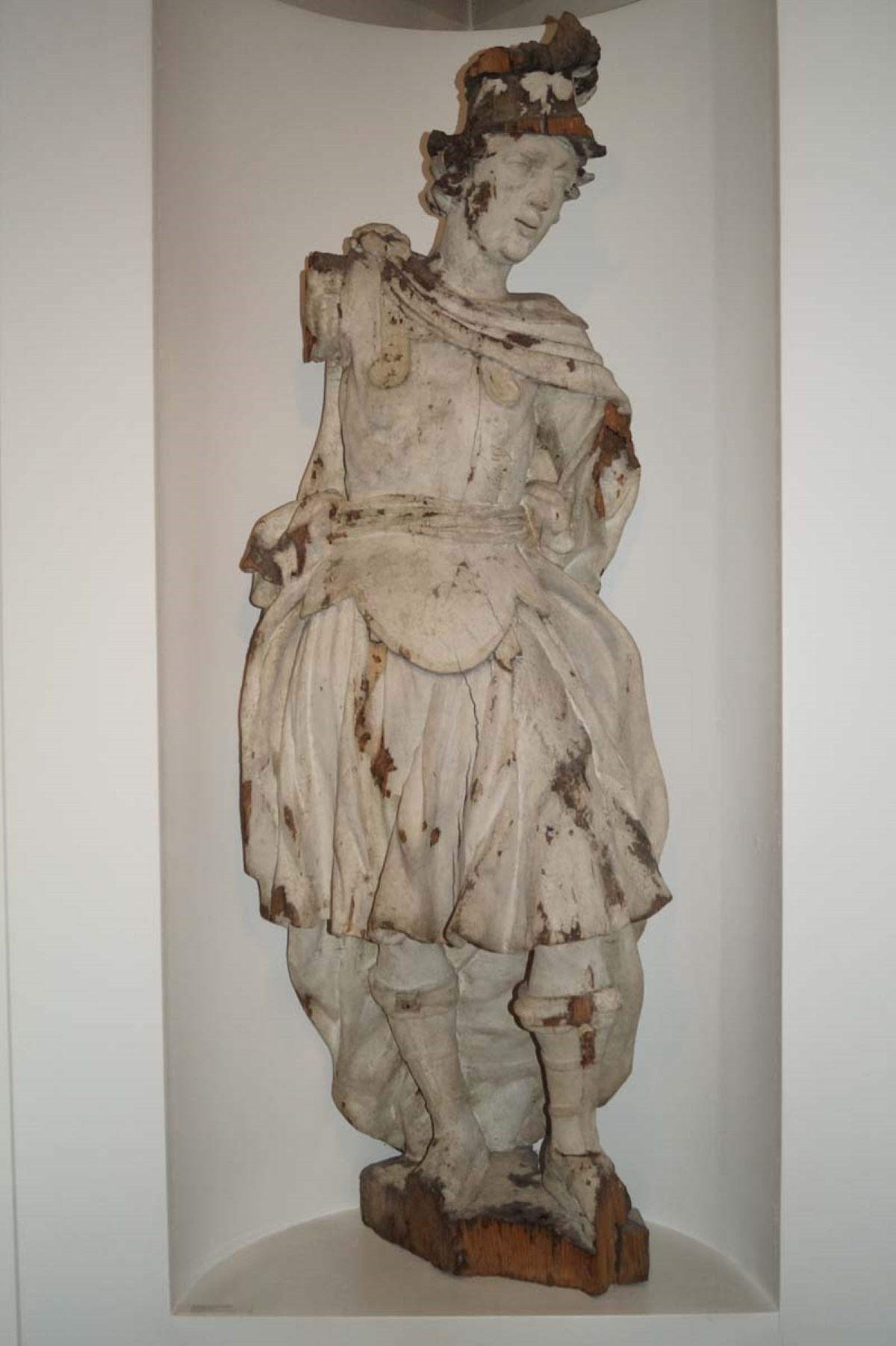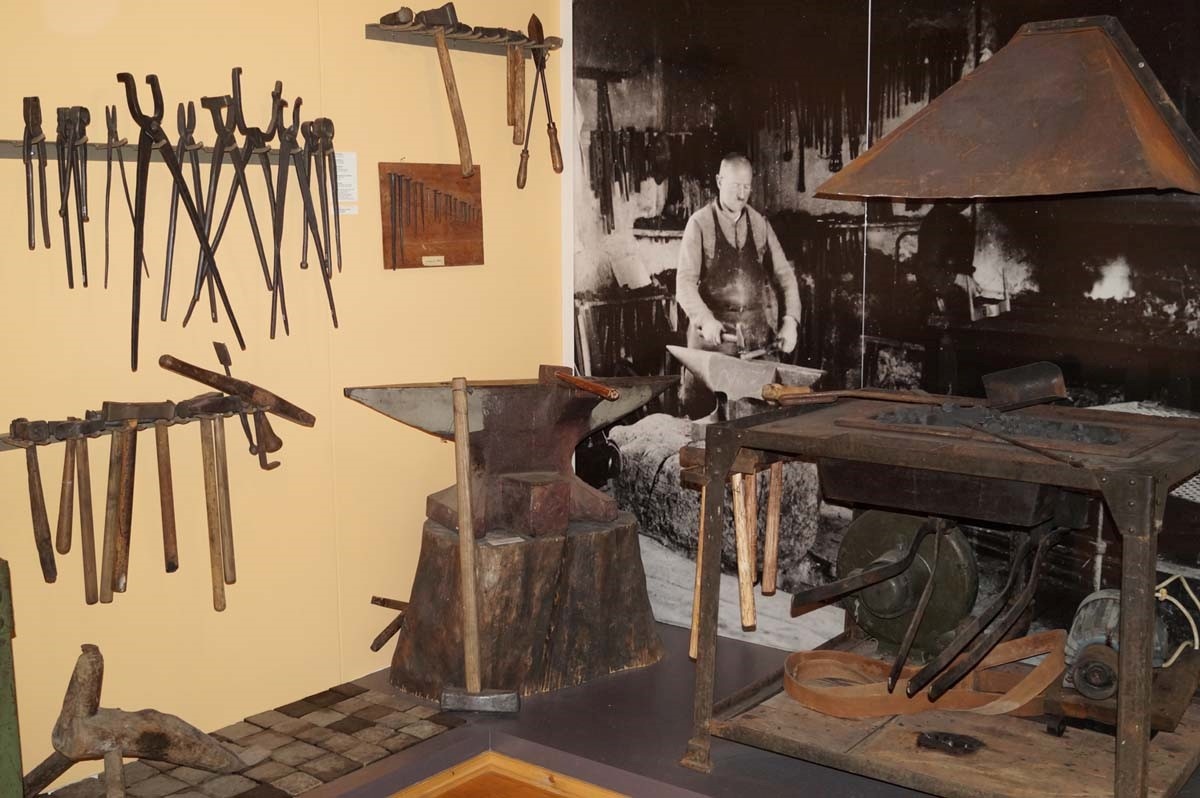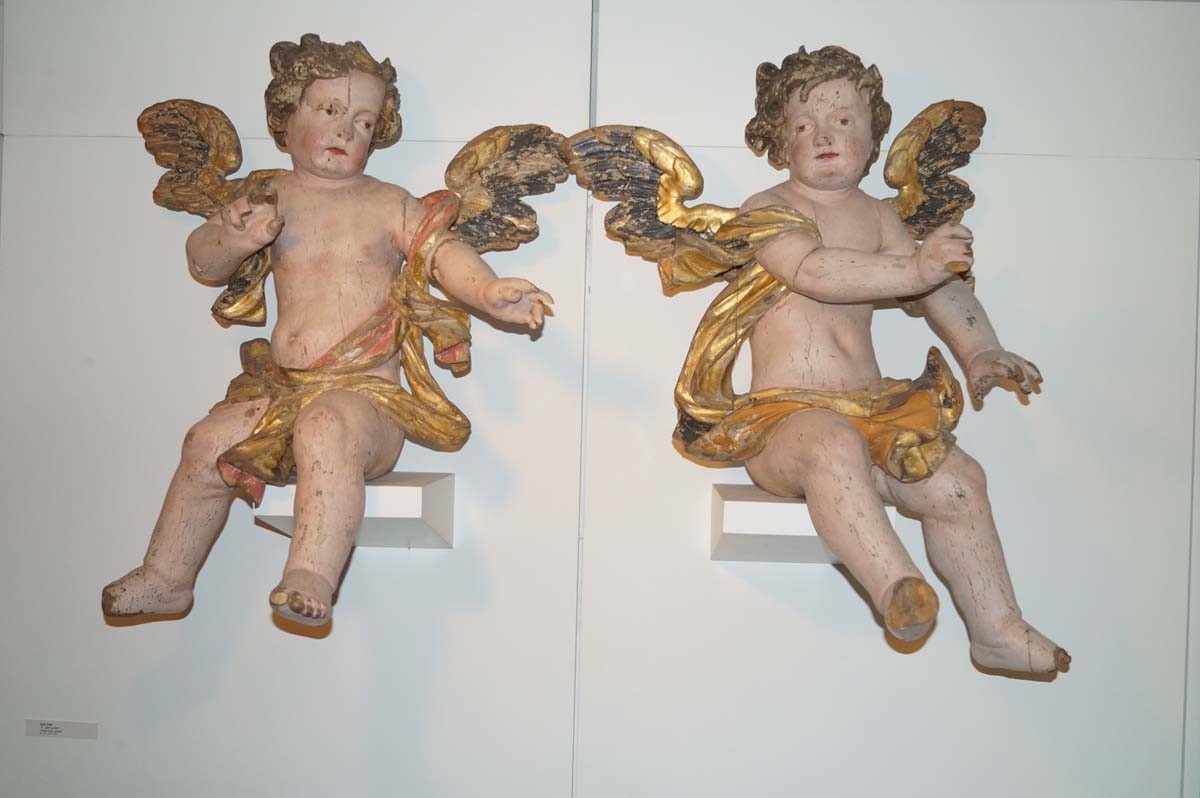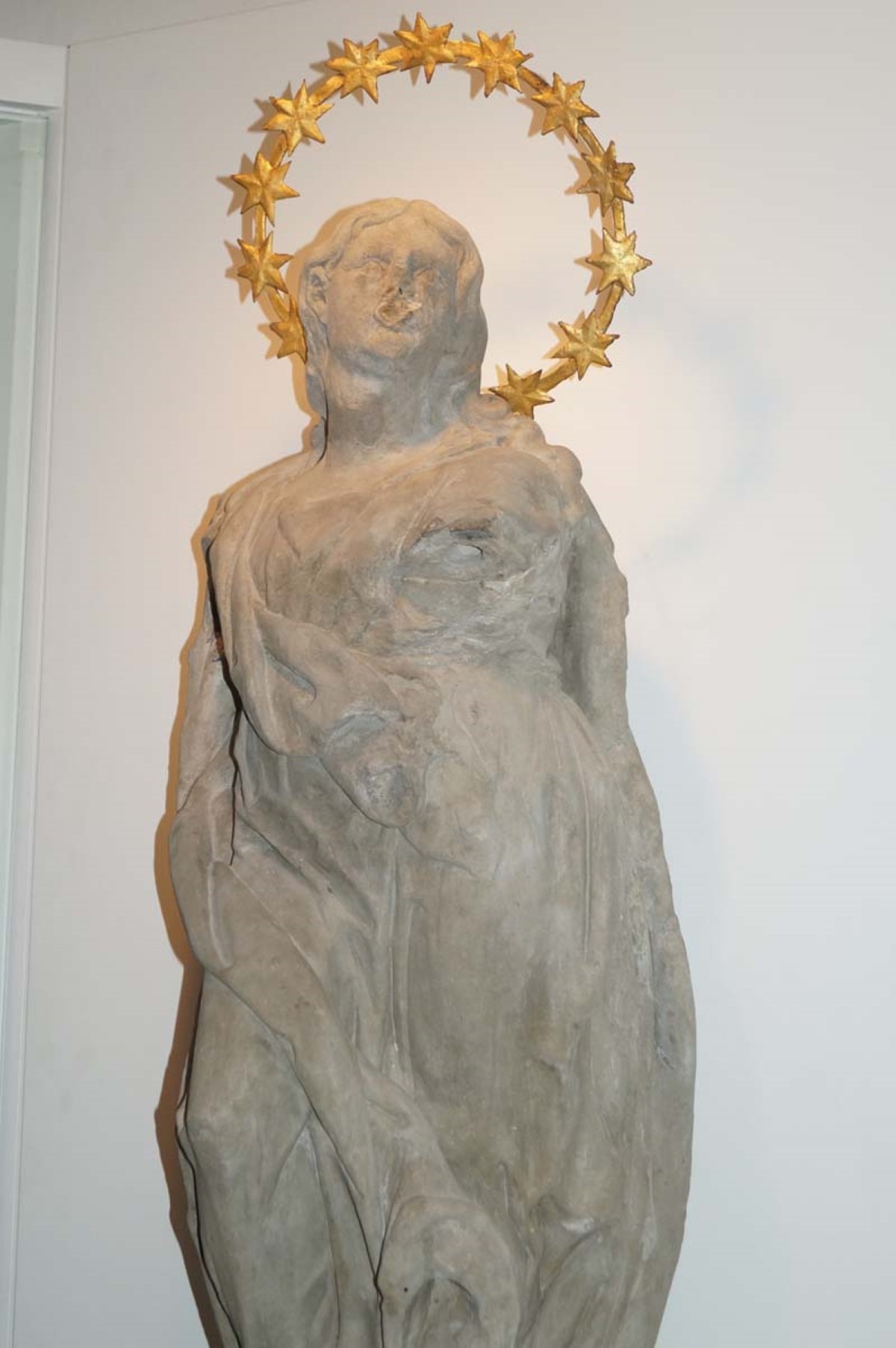Activities
City museum
Opening hours:
We 14:00-16:00 Uhr
So 10:00-12:00 und 14:00-16:00 Uhr
Guided tours on arrangement.
Adress:
Eberle-Kögl-Straße 11
87616 Marktoberdorf
The Electors Christianing Robe
Just an unimposing piece of fabric. But very important for the memories of the city. The christening robe of Clemens Wenzeslaus – once elector, akin to three French Kings and legitimated to vote the emperor. Between feudalism and Aufklärung. Marktoberdorf was chosen as the summer residency by the last elector from Augsburg. He was into hunting, music and theatre. Marktoberdorf is still profiting today from his political decisions. And so, the fragile piece of fabric becomes an very important exhibit. You only see what you get. Keeping Memories vivid. That is the purpose of a museum.
Clemens Wenzeslaus and his summer resort Marktoberdorf. Without the promotion of his highness, Marktoberdorf would never have been able to evolve to the county seat. And without the given infrastructure, the most modern farming machines (Fendt) would have been unthinkable.
The electors carpenter Markus Brenner was the father of Genovefa Brenner, mother to Carl-Maria von Weber and great aunt to Mozart. Marktoberdorf as a centre of education, rich in cultural offerings, and a castle which is now home to the Bavarian music academy did not become that by accident.
The city museum makes the history of Marktoberdorf conveivable. Nicely served in well fitting pieces. The roman life in the Villa Rustica next to Kohlhunden, the lost world of the alemanni: a glimpse into the graves of the 6th/7th century. Tools, culture and burial objects take their part to make history touchable.
Homeland is the sum of all memories. And the many identity forming pieces can be found by the visitors – holiday makers as well as residents – on an exhibition area of 380m² in 18 rooms. From the first concession of market rights until the official state of “City”. Perplexing stagings are transforming the museum into an event space.
Public schools, water pipelines, and public welfare all implanted by elector Clemens Wenzeslaus. He took care of economic freedom, protected traders and ordered to build the Salzstraße as a first premise for the upcoming railways. The fashion of the 19th and 20th century becomes its own – a civic countrified style.
The Jakobs pilgrimage route from Munich to the Lake Bodensee is put into scene. At the stage between Marktoberdorf of Wald you bypass the Kindles Chapel. A place where mothers pray for their children since more than 300 years. There are many stories, legends and wonders connected to this place, making it an unquestionable example of devoutness.
The legendary Dieselross F 18, built in 1949 bei todays global corporation AGCO-Fendt is a dray-horse of time travel through the museum. Ancient turret clocks and exhibits from the former Thalhofener brick manufacturers are documenting the path of industrialisation.
Far into the 20th century, transmissions were used as the primary driving mechanism, for graters, saws and hammers. Leather straps are moving through idler pulleys, triggering mechanical functions. That is the way, the “Spöttl-Krippe” (crib) from Fechsen works. It can be seen at the Cities Museum during Christmas time. 80 figures are moving apparitionaly across an affectionately built landscape. At the top the stall of Bethlehem is displayed with ox and donkey and the exotic procession of the magi. An engineering marvel of rubber springs, cranks and rack-wheels is hiding behind the scenes.
Parents and teachers are into this concept of museum education. “Calligraphy with Clemens Wenzeslaus” – with real feathers or “Doing the Laundy in Grandmothers days” - get ready to rumble. An entertaining knowledge transfer guarantees to be kept in mind.

